Log in
Statistics
We have 477 registered usersThe newest registered user is гераскинс
Our users have posted a total of 48009 messages in 7050 subjects
THAT’S ENTERTAINMENT
CLICK ON ANY OF THESE LINKS TO FIND OUR EXTREME ENTERTAINMENT
UPDATED :
71 WGT TUTORIALS & 32 YOUNG46 TUTORIALS
CLICK HERE TO SEE OVER 100 YOUTUBE VIDEO TUTORIALS . FROM WGTers , WGT & YOUNG46 FORUM UPDATE
TO THE MANY WELCOME GUESTS . THIS FORUM IS NO LONGER A COUNTRY CLUB WEBSITE FOR A WGT COUNTRY CLUB . PLEASE FEEL FREE TO READ THE FORUMS.
THERE ARE MANY TOPICS OF INTEREST . OR NOT . THIS WEBSITE IS AN INFORMATION AND ENTERTAINMENT WEBSITE ONLY .
MUCH OF THE CONTENT IS ARCHIVES OF PURPOSES PAST .
THERE ARE SOME MORE CURRENT TOPICS .
REGISTRATION IS NOT NECESSARY TO READ THROUGHOUT .
REGISTRATION IS EASY AND FREE . THIS IS AN AD FREE WEBSITE . NOTHING IS EVER REQUESTED FROM REGISTERED MEMBERS .
REGISTRATION ENABLES COMMENTING ON TOPICS . POSTING NEW TOPICS . FULL ACCESS TO THE WEBSITE IMAGE HOST . WHICH IS A VERY COMPLETE AND CONVENIENT TOOL .
PLEASE ENJOY .
TIER & AVERAGE REQUIREMENTS
BASIC LEVEL AND AVERAGE REQUIREMENTS , AND SATURATION

WHILE YOUR HERE
WHILE YOUR HERE :
CHECK OUT THE INCREDIBLE PHOTOGRAPHY IN
MY SERIES
THIS USED TO BE THE HOME OF OUR WORLD CLOCK . WHICH CAN NOW BE FOUND IN ITS OWN FORUM ON THE MAIN PAGE ..
THERE ARE MORE WORLD CLOCKS INSIDE HERE .
WORLD CLOCK
FB Like
HISTORY FACTS * The surprising first animal sent to space *
Page 1 of 1
 HISTORY FACTS * The surprising first animal sent to space *
HISTORY FACTS * The surprising first animal sent to space *
6 Otherworldly Facts About the Space Race
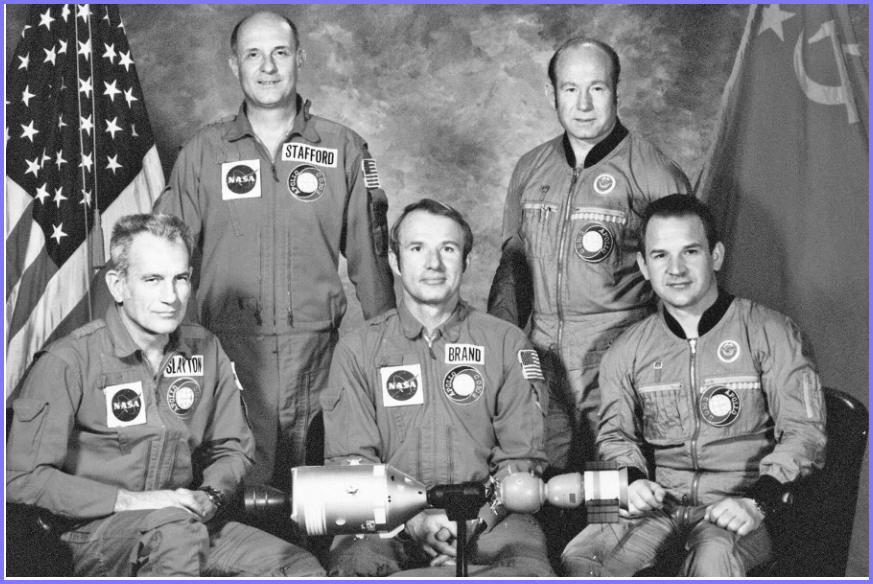
As tensions rose on Earth during the Cold War, the United States and Soviet Union also vied for celestial supremacy. The space race between the two superpowers began shortly after World War II, and captivated the public until tensions finally eased in the 1970s. With the help of top scientists and talented pilots, Americans, Soviets, and other nations sought to do the seemingly impossible by conquering the final frontier. These decades were marked by scientific achievements and setbacks that make this space-obsessed era one of the most fascinating periods in the 20th century. Here are six facts about the space race.

Photo credit: Arif_Vector/ Shutterstock
Fruit Flies Became the First Animal Sent Into Space in 1947
Long before humans reached the stars, fruit flies became the first living organisms to be intentionally blasted into space. Beginning in 1946, the U.S. military conducted a series of experiments in New Mexico’s White Sands Missile Range with future space flight in mind. Utilizing V-2 ballistic missiles — which had been seized from Germany by the U.S. after World War II — the government propelled biological samples such as corn and rye seeds as far as 80 miles into the sky — well beyond the 66-mile distance that NASA now considers the limits of outer space. On February 20, 1947, a capsule containing fruit flies was affixed to one of said missiles and launched to a height of 67 miles above the ground. The flies were chosen to test the effects of cosmic radiation on living beings, and were the perfect candidate for a number of reasons, including their small size, minimal weight, and a genetic code analogous to that of humans, containing similar disease-causing genes. As the rocket began its descent, the capsule detached and drifted back down to Earth using a parachute, and the flies remained alive and unaffected.
Related:5 Inventions That Came Out of the Great Depression

Photo credit: Mirrorpix via Getty Images
Apollo 12 Was Struck by Lightning
In November 1969, just four months after Apollo 11 landed on the moon, the Apollo 12 mission took to the skies. But what was scheduled to be a standard launch experienced near-disaster just 36.5 seconds into the flight, as lightning struck the Saturn V rocket. The unexpected event disrupted the onboard control panels, causing astronaut Dick Gordon to confusedly exclaim, “What the hell was that?” before yet another bolt struck at the 52-second mark. With alarms blaring and equipment malfunctioning, the puzzled astronauts continued to troubleshoot the spacecraft while not fully understanding what had happened. Ultimately, the crew shifted the craft to an auxiliary power supply that allowed the mission to continue as planned. Around three minutes into the flight, astronaut Pete Conrad wondered aloud if they’d been struck by lightning, and by the 11-minute-and-34-second mark, the crew was successfully floating in space. With disaster averted, the Apollo 12 astronauts became the second group of individuals to walk on the moon.
Related:5 Inventions That Came Out of the Great Depression
Advertisement
You may also like
- Revealing Facts About 5 Celebrated Painters
- 5 Facts About England’s Elizabethan Era
- Unforgettable Moments in Baseball History
Advertisement

Photo credit: [url=https://www.gettyimages.com/search/photographer?photographer=Space Frontiers]Space Frontiers[/url]/ Archive Photos via Getty Images
Alan Shepard Played Golf on the Moon
While the harrowing stories of Apollo 12 and Apollo 13 are widely known, the Apollo 14 mission produced one of the more lighthearted moments of the space race. On February 6, 1971, during a live broadcast of the Apollo 14 spacewalk, astronaut Alan Shepard produced a retractable six-iron golf club and took four swings on the moon’s surface. Given his bulky spacesuit, Shepard couldn’t grip the club with both hands and swung it solely with his right, causing him to miss the golf ball and connect directly with the lunar surface on both of his first two swings. Shepard hit the ball with his third swing, though it only traveled 24 yards. With his fourth and final shot, Shepard made flush contact and claimed the ball traveled “miles and miles and miles”; in reality, it only reached a distance of about 40 yards, though it remained airborne for longer than here on Earth given the moon’s lack of gravity. After returning to Earth in 1974, Shepard donated the golf club to the USGA Golf Museum in New Jersey, where it remains a popular artifact.
Related:5 Inventions That Came Out of the Great Depression
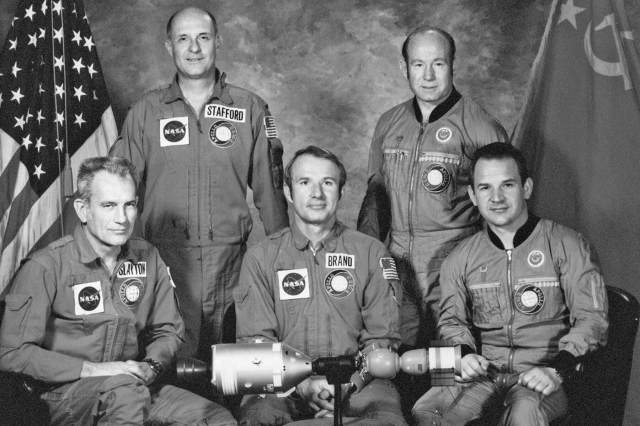
Photo credit: Bettmann via Getty Images
The First Joint U.S.-Soviet Space Mission Occurred in 1975
Despite a heated rivalry that lasted more than two decades, the United States and U.S.S.R. worked together on a joint space mission in 1975. The space race had been in full swing since at least 1955, when the two global powers announced their intention to launch satellites into orbit. The Soviets made history by sending the first man into space in 1961, and America landed the first man on the moon in 1969. After years of one-upmanship, tensions began easing in 1972 with the signing of a space cooperation agreement. On July 15, 1975, the nations jointly embarked on the Apollo-Soyuz mission, which served as a symbolic end to the decades-long space race. This mission included two separate spaceflights led by American astronaut Tom Stafford and Soviet cosmonaut Alexei Leonov, who later docked their crafts together in space and exchanged an international handshake. In the 1980s, talk of an International Space Station jointly managed by the United States and Soviet Union began, and assembly of the spacecraft began in 1998.
Advertisement
Advertisement
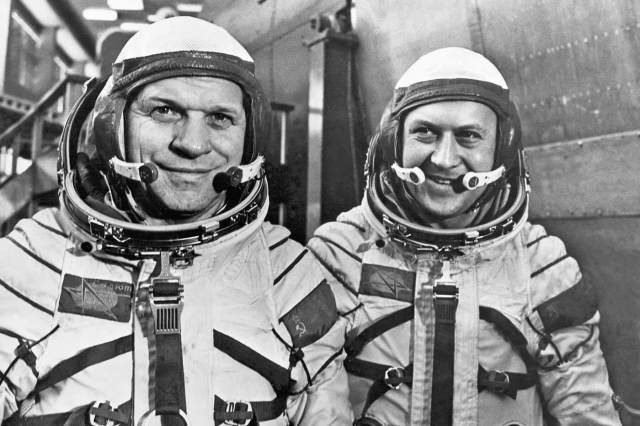
Photo credit: [url=https://www.gettyimages.com/search/photographer?photographer=Hulton Deutsch]Hulton Deutsch[/url]/ Corbis Historical via Getty Images
Nations Around the World Joined the Space Race
While the history of the space race largely focuses on the United States and Soviet Union, other nations joined the fray in the late 1970s. The first non-American and non-Soviet pilot to reach outer space was Czech cosmonaut Vladimír Remek, who studied flight in Moscow. On March 2, 1978, Remek took off aboard the Soviet’s Soyuz 28 spacecraft and headed for the Salyut 6 space station, where he and his co-pilot conducted research for eight days before returning to Earth. Upon his return, Remek was heralded as a hero by his native Czechoslovakia (now Czechia and Slovakia), paving the way for other nations to send humans into space shortly thereafter. Later that year, Polish pilot Mirosław Hermaszewski and East Germany’s Sigmund Jähn both boarded Soyuz missions of their own. In 1980, the Soyuz program also sent the first pilots from Latin America (Arnaldo Tamayo Méndez of Cuba) and Southeast Asia (Phạm Tuân of Vietnam) into outer space.
Related:5 Inventions That Came Out of the Great Depression
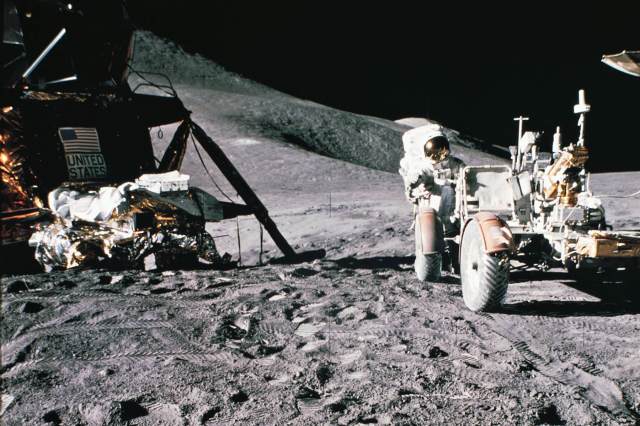
Photo credit: Bettmann via Getty Images
Nobody Has Walked on the Moon Since 1972
If you were alive at the time, it’s hard to forget where you were when humans first walked on the moon. While those vivid memories remain, it’s actually been more than 50 years since someone last set foot on the lunar surface. In 1969, Neil Armstrong became the first of the 12 people (all Americans) who have set foot on the moon. The final moon walk to date occurred just three years later as part of the Apollo 17 mission, with astronauts Eugene Cernan and Harrison H. Schmitt. They landed their spacecraft in the Taurus-Littrow valley, a narrow lunar opening deeper than the Grand Canyon. The pair explored the region for seven hours a day over the course of three straight days, and even suffered a minor accident in the process after Cernan accidentally dropped a hammer on their lunar rover. The astronauts also discovered orange soil as evidence of lunar volcanic activity, which proved to be one of the most important discoveries of any Apollo mission. Before leaving, they left behind a plaque that reads, “Here man completed his first explorations of the moon.” Nobody has returned to the moon since.
 Similar topics
Similar topics» HISTORY FACTS * The most famous typos in history *
» HISTORY FACTS * The best history movies from 2023 *
» HISTORY FACTS * The loudest sound in history *
» HISTORY FACTS * History's most famous pets *
» HISTORY FACTS *How long was history's shortest war? *
» HISTORY FACTS * The best history movies from 2023 *
» HISTORY FACTS * The loudest sound in history *
» HISTORY FACTS * History's most famous pets *
» HISTORY FACTS *How long was history's shortest war? *
Page 1 of 1
Permissions in this forum:
You cannot reply to topics in this forum
 Events
Events












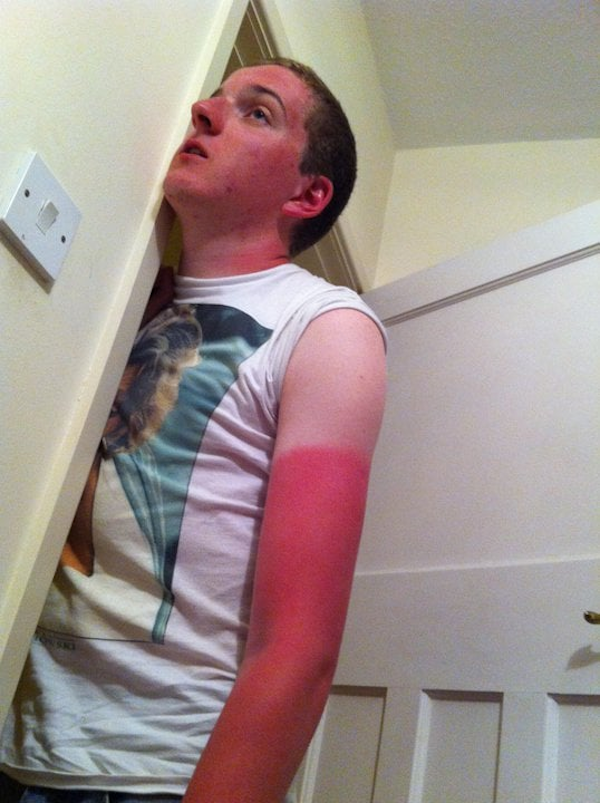


































































» INTRO TO WORD SMARTS
» PINTEREST ICONIC COMIX
» HISTORY FACTS * Gold wasn't always the top Olympic medal *
» Word Genius Word of the day * occlude *
» JULY NATIONAL CELEBRATION DAYS JULY 26 2024
» QUIZ TREAT QUIZ *Which mammal has the most powerful bite? *
» QUIZ TREAT ANSWER PAGE
» NAT GEO * The 2024 Olympics will likely be the hottest ever *
» NAT GEO * Sharks found with cocaine in their systems *
» WISE TRIVIA QUIZ *What was the first song ever played on the radio? *
» WISE TRIVIA ANSWER PAGE
» E.S.Etaski * Sister Seekers Book 10 now available everywhere! *
» WORD DAILY Word of the Day: * literatim *
» JULY NATIONAL CELEBRATION DAYS JULY 25 2024